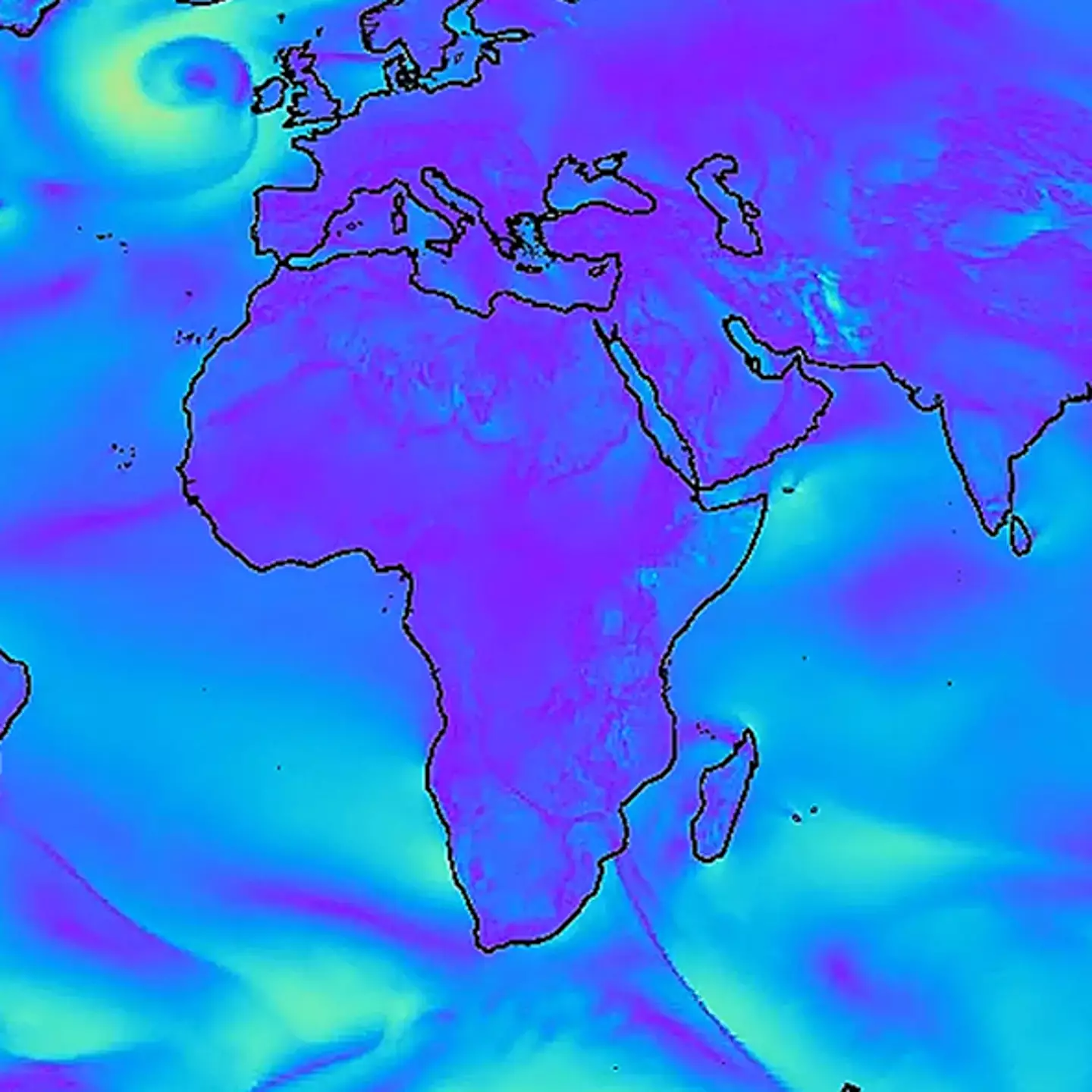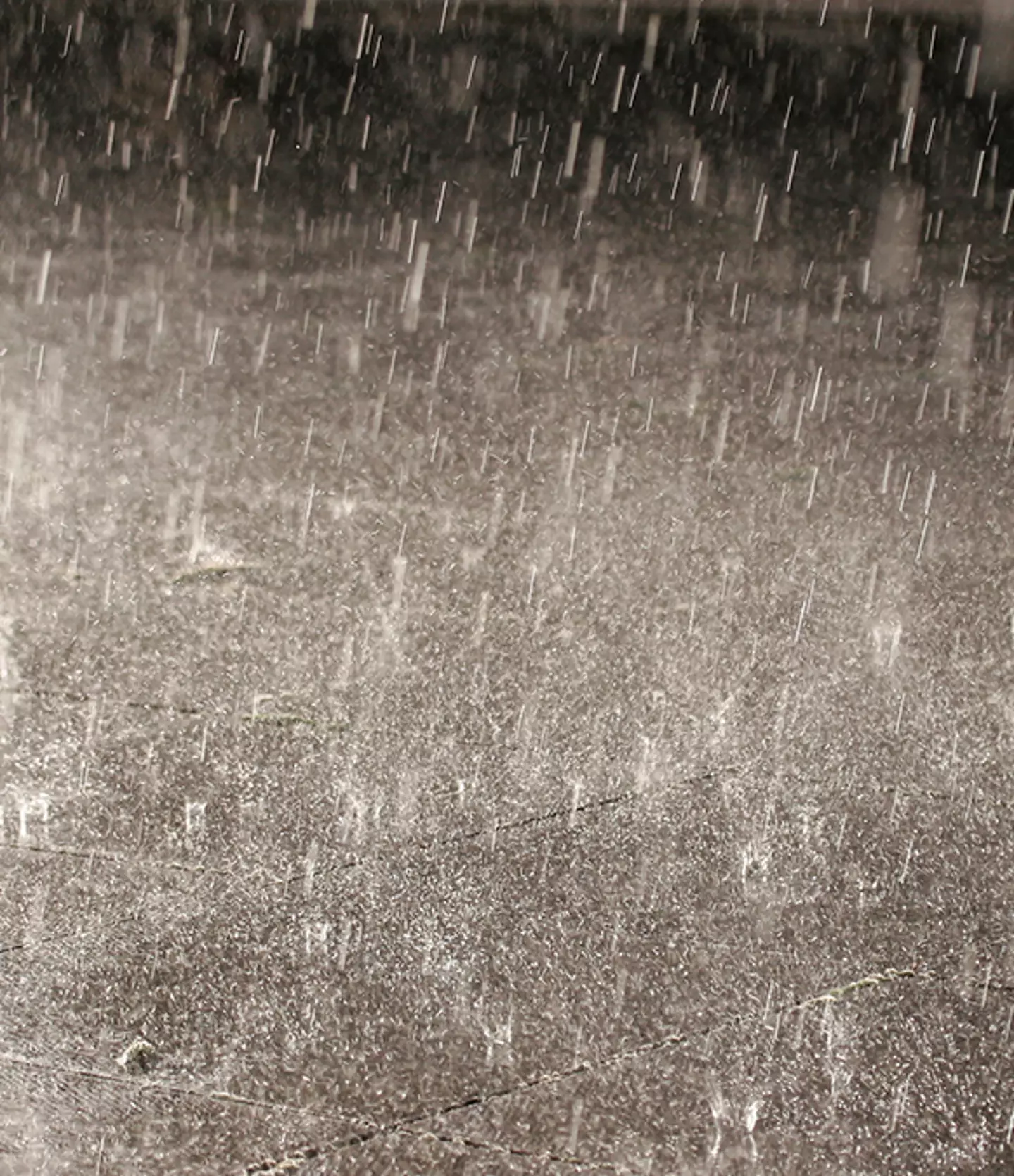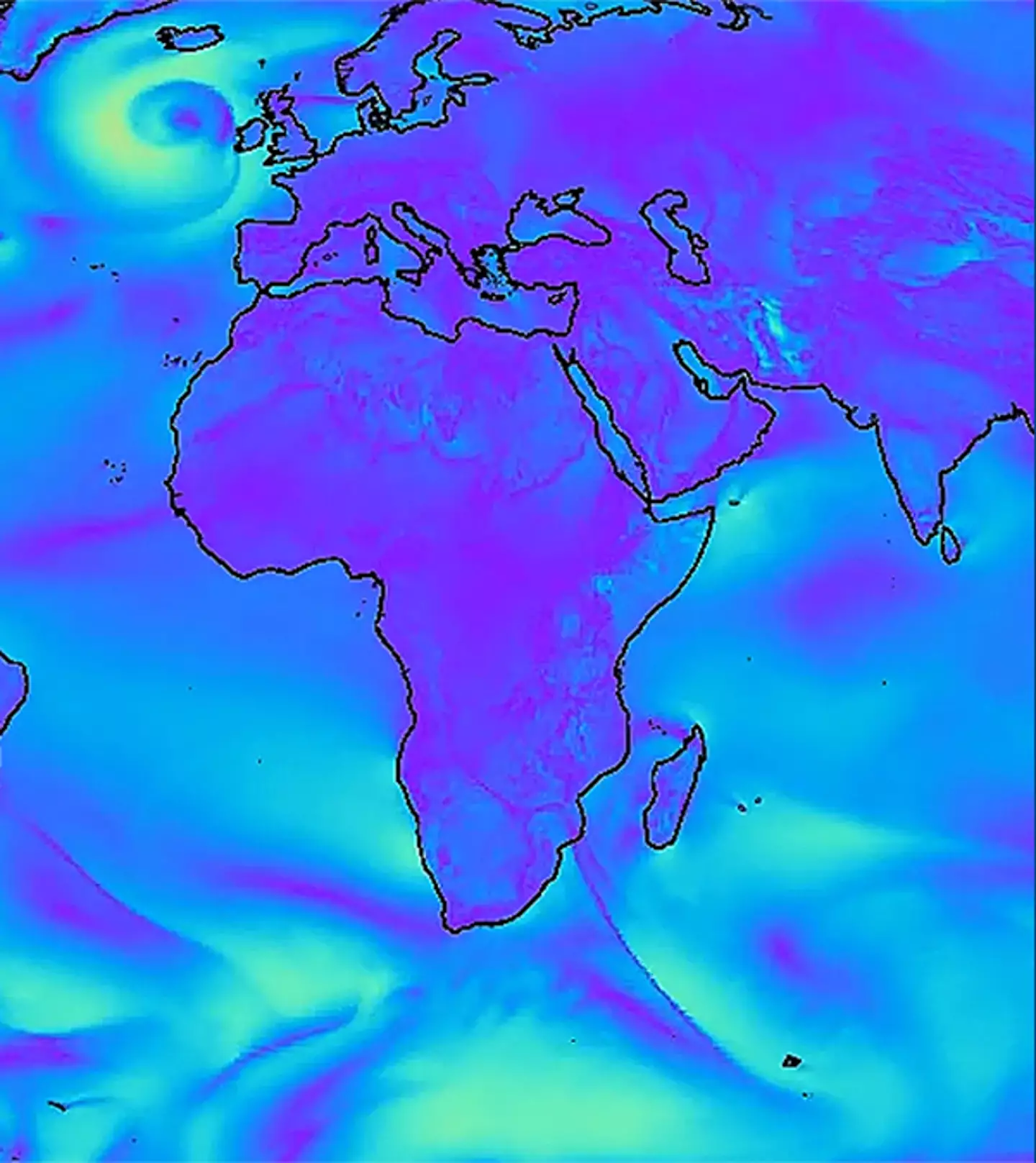
Out of things we humans can predict, we always seem to be a little off with the weather.
Often, the weather forecasts predict sunshine but usually, we end up with clouds and a high chance of rain, especially if you live in the north.
However, Google might have solved this problem with, you guessed it, AI. Not to mention, a cheaper option too.
The tech giant's new development, called Scalable Ensemble Envelope Diffusion Sampler, or just SEEDS, can help forecast weather.
Advert
SEEDS works similarly to well-known language models like ChatGPT and Midjourney. Google has already been studying the model, in which it can generate a vast number of weather forecasts in a short amount of time.
In turn, researchers of the Alphabet-owned company can analyse a broader range of weather outcomes - from hurricanes to heat waves.

More importantly, it could give them a more detailed view of potentially hazardous events to come.
Advert
How does it work?
Basically, SEEDS uses weather data like air pressure and atmospheric energy to build predictive forecast models. It examines the relationships between these variables to refine the accuracy of current weather forecasts.
"Our Scalable Ensemble Envelope Diffusion Sampler can generate an arbitrarily large ensemble conditioned on as few as one or two forecasts from an operational NWP system," the findings from Google's study reads.
"Accurate weather forecasts can have a direct impact on people’s lives, from helping make routine decisions," Google added.
Advert
"The importance of accurate and timely weather forecasts will only increase as the climate changes.

"Recognising this, we at Google have been investing in weather and climate research to help ensure that the forecasting technology of tomorrow can meet the demand for reliable weather information."
Physics-based predictions used by weather services today collect various measurements and give a final prediction based on all the variables.
Advert
This means they're accurate enough for common conditions like mild weather, but generating enough forecast models to find the likelihood of extreme weather is not possible.
SEEDS could potentially capture rare events that current models might miss. Not only that, they could predict weather catastrophes and put a warning out to the public of incoming 'hazardous' weather.
"This technology opens up novel opportunities for weather and climate science, and it represents one of the first applications to weather and climate forecasting of probabilistic diffusion models," Google explained.